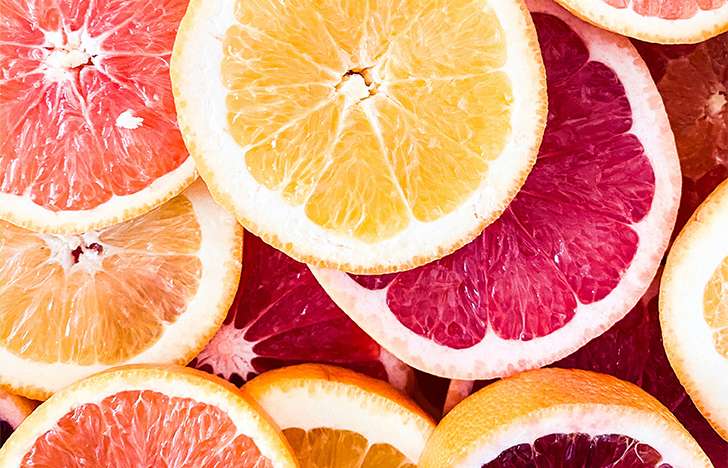Most of you reading this live in Hot-town Houston where we are all sweating it out together right now. And some of you have escaped to cooler climates…sigh, just thinking about cooler climates brings sweet relief. Yet, even in cooler climates, on our side of the equator, the current season is inescapably summer.
“Yes, we know it’s summer, thank you very much,” you are thinking. So why state the obvious? Because, it is most helpful to live in sync with the cycles of nature instead of move against them. And, in order to do this, we have to look at the nature of nature. Beginning with the fact that it is our summer and what that means on the most basic of levels for our symptom expression, health, and well-being.
LET’S START HERE
Summer is appropriately associated with the element of Fire and is resultant of burning Wood (the element of Spring which preceded Summer). The next season, Late Summer/Early Fall, is associated with the Earth element and, of course, burning wood creates earth. See where we are going with this?
One season gives rise to the next…we can’t skip one, similar to the way we cannot skip a stage of life or development. And to overlook how to be in one season, can have detrimental effects on the one to come.
For example, by eating for the season, we not only optimize how we feel now (summer = experiencing full expression of your generative self), each season we enter offers us an opportunity to generate vitality for the seasons to come (late summer/early fall = bearing the fruit of summer’s generative state).
In other words: how we live today, affects our tomorrows. And this is why it is important to take a moment to notice how to live in optimal flow with each season as it comes.
The major organ associated with the Fire element is the heart, which – while in balance – generates emotional joy and peace, mental vigor and clarity, and functions physiologically in all the ways we know a healthy heart to do.
When out of balance, we can find physical, mental, and emotional hyperactivity, even mania; or on the contrary, we might experience mania’s opposite: a flatness and lack of generative fire, finding we lack affect and are want to get much done.
Food therapy can help!
FOOD THERAPY TIPS
 If you relate more to the hyperactive imbalance:
If you relate more to the hyperactive imbalance:
Consider eating more cooling foods such as watermelon, cucumber, citrus fruits, apples, mint, asparagus, celery, radish, tofu, coconut water, salads, sushi, salt, cheese, yogurt, ice cream & sorbets.
(Yes yes, just keep those sweets to a sometimes food) 🙂

If you relate more to the inactive imbalance:
Consider avoiding foods that lead to a heavy feeling such as greasy, fried foods, refined starches, dairy, shellfish, alcohol, sugar, excess meat consumption, and cook your veggies. Raw foods will exacerbate your condition so, instead of salads, aim for steamed or sautéed vegetables with your meals.
We hope this makes your summer in Houston more bearable! Remember this is a superficial perspective on food therapy and imbalances so please reach out to us if you have nuanced questions.

